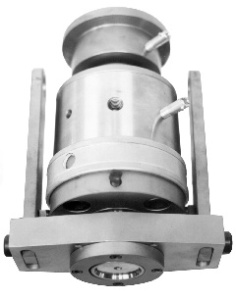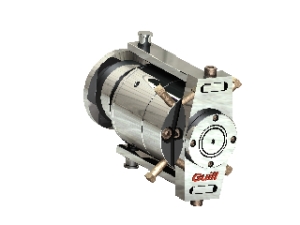New Model 1025 utilizes latest materials/blends for automotive, medical, specialty packaging and more.
Guill’s proprietary flow analysis software for extrusion tooling is contributing significantly to today’s advancements in extrusion dies, as well as better engineering precision for extrusion blow molding. Designed to handle a wide variety of exotic materials including bioplastics, composites and advanced polymer blends, Guill’s new Model 1025 serves a host of today’s high-technology industries: medical, automotive, specialty packaging and more.
“Because of our advanced flow analysis, we have much more knowledge today about the extrusion tooling process,” says Bill Conley, Guill’s Technical Sales Manager. “This process enables us to focus on any potential extrusion tooling problems as well as any concerns the customer may have on all end products, from achieving maximum throughput to wall thickness consistency, as well as eliminating knit lines. Our customers demand a high degree of accuracy in all blow molding extrusion end products because of the investment that Guill has made in the latest 3D simulation flow analysis software.”
Guill’s newest Model 1025 yields 8.5″ (215.9 mm) – 10″ (254.0 mm)  of core diameter and represents the latest tooling advancements for extrusion blow molding applications. Model 1025 is available in single layer, multi-layer, multiple stripes, co-extrusion, triple extrusion, as well as spiral and split flow designs. Guill engineers both precision converging or diverging dies and mandrels designed to hold tolerances as close as 0.0002″ (0.000508 cm).
of core diameter and represents the latest tooling advancements for extrusion blow molding applications. Model 1025 is available in single layer, multi-layer, multiple stripes, co-extrusion, triple extrusion, as well as spiral and split flow designs. Guill engineers both precision converging or diverging dies and mandrels designed to hold tolerances as close as 0.0002″ (0.000508 cm).
To read more, click here.